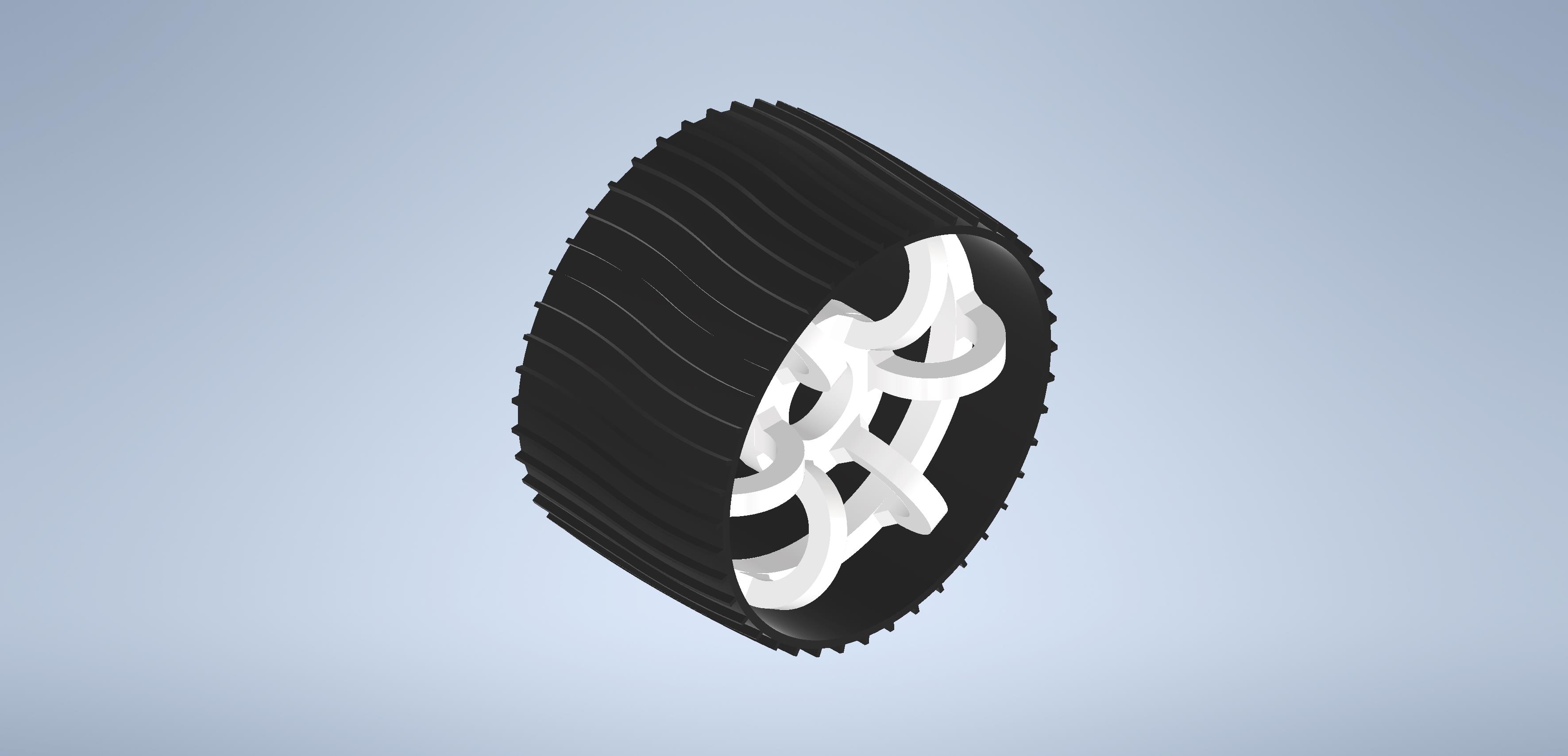
The primary challenge NASA faced with Curiosity’s wheels was holes created by large rocks in the thin skin of the wheel. This design addresses this problem through a thicker skin, as well as a titanium composition rather than the previously used aluminum alloy. It also incorporates a redesigned tread pattern, drawing from the experience of the Soviets with their “Kharkovchanka” Antarctic rovers. The surface of Mars is similar to that of the Antarctic, with soft powdery sand, similar to snow, and large boulders and rock fields, similar to hard Antarctic ice formations. The high ground pressure and wide footprint successfully pioneered in the Antarctic will be equally useful on Mars. The new tread provides minimal disruption to the wheels’ rolling resistance on soft ground while providing excellent grip on hard, rocky surfaces. Additionally, the more robust skin allows for the tread pattern to be thicker, further increasing the wheel’s lifespan.
Download File
Download File
Contact us
Thank you for your interest in contacting Future Engineers. We look forward to connecting with you!
General Inquiries
support@futureengineers.orgSponsorship Inquiries
sponsor@futureengineers.org